Useful Baking Substitutes
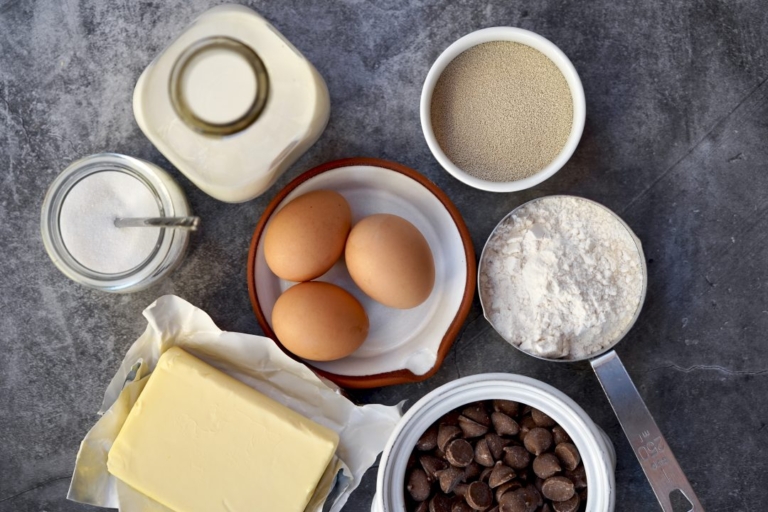
Pandemic or not, knowing useful baking substitutes is essential for any home baker. As a chef, I can tell you, the most important skill in the kitchen is adaptability. While in lockdown for the last 44 days, I can assure you, that I have run out of all sorts of pantry/baking essentials; from flour to eggs, but that hasn’t stopped me yet.
Baking is considered a craft of precision, I get that, but here is some wiggle room when needed. If you are making substitutions, what’s critical to remember, is you have to be realistic about the outcome. For instance, with some substitutions (like flour) the result could be a bit “different” than what you normally make, but in most instances, it can still “work“. Right now many ingredients we once took for granted are not as readily available as they previously were, you need to be flexible and roll with it. Below are helpful substitutions I think every home baker (and cook) should know about.
FLOUR SUBSTITUTE
The general rule with flour is you should strive to substitute flour with a similar protein content flour because the protein content affects a baked goods final texture and crumb. What this means, is baked goods made with higher-protein flours tend to be denser, while those made with lower-protein flours are lighter and softer.
Common Protein Contents of Flour “Higher/Stronger” to “Lower/Softer”:
- Whole-wheat: 14 percent
- White whole-wheat: 13 percent
- Bread: 12 to 13 percent
- Spelt: 12 to 13 percent
- All-purpose: 11 to 12 percent
- Whole-wheat pastry: 9 to 11 percent
- Pastry: 8 to 9 percent
- Cake: 6 to 8 percent
NOTE: When substituting flour with a higher protein content or lower protein content, know that the moisture of the dough or batter will most likely be affected. If a stronger (higher protein flour) is substituted, there is a risk of dryness. Similarly, if a softer (lower protein flour) is added, there is a risk there will be too much moisture So, if it’s dry, add 1 teaspoon water as needed and combine. If a mixture is too wet, add 1-2 teaspoons of flour until the desired texture is reached.
Whole-Wheat Flour
Whole-wheat flour has the highest protein content, so, when substituting it for all-purpose, use 50 percent whole-wheat, and 50 percent of another flour, (ideally all-purpose, pastry flour, or spelt), to avoid a dense result. Note: Whole-wheat flour is made from hard red spring or winter wheat, which has a nutty, hearty taste. White whole-wheat flour is made from hard white spring or winter wheat and has a milder flavor and slightly paler color. But whole wheat flour and white whole wheat flour have the same nutritional value.
Bread Flour
Bread flour has a higher percentage of protein than all-purpose flour. Protein is what strengthens the dough, encourages gluten formation, and helps bread rise. But the truth is, it’s not a huge percentage difference, about 1-1.5%. The takeaway is that if you have bread flour, but not all-purpose (or vice versa), you can make an easy one-to-one swap. But bread flour is high in protein could result in a dough or batter that’s dry, so you may need to add water. Also, be sure not to over-mix or it can lead to a tougher result. Note: You would not want to make this swap when making recipes that you don’t want a lot of gluten formation, such as biscuits or pie dough.
Spelt Flour
With a protein content of 12-13%, spelt flour is the closest to all-purpose in terms of protein content, so spelt flour can easily be swapped cup for cup. The only thing you will need to monitor is the consistency of the final dough or batter because it may require a bit more moisture.
All-Purpose Flour
All-purpose flour is a blend of hard and soft and therefore in the middle. AP flour is hard enough to use for making bread, but soft enough to use for making cakes. If a recipe calls for 1 cup (130 grams) of all-purpose flour, to substitute you can combine about 70 grams of bread flour with about 60 grams of cake flour. That will produce the middle-of-the-road compromise most similar to traditional all-purpose flour. Alternatively, all-purpose flour can be used in place of bread flour, but its lower protein content means it could yield a slightly wetter dough or batter. Use all-purpose with whole-grain flour to help reduce the overall protein content in the recipe and avoid too dense of a baked good.
Gluten-Free All-Purpose Flour Blends
Gluten-free all-purpose flours perform very similar to regular all-purpose, and can often be substituted one-to-one. These blended flours are great for making cookies, quick breads, and scones, so if you can’t get all-purpose flour, it’s worth picking up a bag of a gluten-free blend to have on hand.
Pastry Flour
Pastry flour is a softer flour that substitutes well for all-purpose in recipes where tenderness is desired such as muffins and cakes. If you can find it, whole-wheat pastry flour is even better. But the good news is, you can also use all-purpose flour in any recipe that calls for pastry flour.
Cake Flour
With the lowest protein content of this group, cake flour is best used for cakes. But like pastry flour, cake flour is great to use in soft baked goods, such as scones or biscuits. The best way to substitute cake flour is a pretty simple formula. For every 1 cup of all-purpose flour, substitute 1 cup plus 2 tablespoons of cake flour. To make your cake flour substitute, sift together 3/4 cup all-purpose flour with 3 tablespoons cornstarch which equals the equivalent to 1 cup of cake flour. The cornstarch will help inhibit the production of gluten and help create a lighter more delicate cake texture.
DAIRY SUBSTITUTE
Both flavor and texture are critical when substituting dairy products. With liquids, you can thicken the consistency easily, a little flour or cornstarch can thicken milk to mimic half-and-half, or water can thin out out Greek yogurt to replicate milk.
Milk
To substitute milk, half-and-half or heavy cream thinned with water, evaporated milk, light coconut milk, light cream, oat milk, nut milk, and soy milk. Yogurt or sour cream, you can use those as a one-to-one substitute. Alternatively, you can also thin out evaporated milk with 1/2 cup water, to approximate milk. And in a real pinch, you can just use water.
Half-and-Half
To mimic half-and-half, thicken milk with a little cornstarch or all-purpose flour (approximately 1 tablespoon per cup of liquid) or thin heavy cream with a little bit of water.
Heavy Cream
To make 1 cup of heavy cream, substitute 3/4 cup milk plus 1/4 cup melted butter (for richness), or thicken 1 cup of milk with 1-2 tablespoons cornstarch or all-purpose flour. Other options include coconut milk or coconut cream, softened cream cheese whisked with a little water. Note: You will not be able to beat the alternatives into whipped cream.
Buttermilk
To substitute 1 cup of buttermilk, add 1 tablespoon fresh lemon juice (or light vinegar, such as white vinegar, white wine vinegar, or even Champagne vinegar) to a measuring cup and add enough milk to reach 1 cup. Or, thin one part yogurt, sour cream, or other creamy dairy product with one part milk, or thin two part yogurt or other creamy dairy product with one part water.
Sour Cream
For sour cream, you can swap in an equal amount of yogurt, mayonnaise, or even pureed cottage cheese. Note: Tangy, textural ingredients like crème fraîche, mascarpone, Neufchâtel, Quark, queso fresco, sour cream or yogurt can also be used interchangeably.
Nondairy
Substituting milk, almond, cashew, oat or soy milk can, for the most part, replace milk one-to-one.
EGG SUBSTITUTE
Eggs are a baking essential, a glue that holds everything together. Replacing eggs in a baking recipe does require some special considerations depending on what you are making.
For Cakes + Cupcakes:
For each whole egg used you can substitute it with one of the following:
- 1/2 a medium Banana, mashed
- 1/4 cup (4 tablespoons) Apple sauce
- 1/4 (4 tablespoons) Silken Tofu
- 1/4 cup (4 tablespoons) Buttermilk
For Cookies:
For each whole egg used you can substitute it with one of the following:
- 1 tablespoon ground flaxseed + 3 tablespoon water
- 1/4 cup (4 tablespoons) Sweetened Condensed Milk
For Brownies:
For each whole egg used you can substitute it with one of the following:
- 1 tablespoon ground flaxseed + 3 tablespoon water*
- 1/2 a medium Banana, mashed
- 1/4 cup (4 tablespoons) Apple sauce
- 1/4 cup (4 tablespoons) Silken Tofu
- 1/4 cup (4 tablespoons) Yogurt (vegan or regular)
- 1/4 cup (4 tablespoons) Buttermilk
Note: When using flaxseed as an egg substitute, grind the flaxseed in a coffee grinder and mix it with water. Allow it to rest till it becomes gelatinous, then use.
FAT SUBSTITUTE
Fat has many functions in baking. Although the end product is never the same once fat has been replaced, many fat substitutes produce delicious and moist products.
Butter
If you are out of butter, but need it for baking, you can often use full-fat margarine. Vegetable oil or coconut oil also make good butter substitutes. If you have some butter but just need a little bit more to supplement what you already have, add a bit of Greek yogurt if available to help stretch it out.
Vegetable Oil
Butter and vegetable oil can be used interchangeably at a one-to-one ratio. If you don’t have vegetable oil, but you do have another neutral-tasting oil, like avocado oil, coconut oil, or a milder olive oil, just replace the vegetable oil with the oil you have. You can also swap out the oil for an equal amount of mayonnaise or yogurt.
Ground Flax Seed
The soluble fiber in ground flaxseed absorbs moisture and forms a gel that retains moisture and keeps baked goods soft and moist. To use ground flaxseed as a fat substitute, add 3 tablespoons of ground flaxseed plus 1 tablespoon of water for every 1 tablespoon of fat or oil called for in a recipe.
LEAVENER SUBSTITUTE
In baking, leavening is the air that causes bread, cakes, and other baked goods to rise when in the oven. There are three main types of leavening agents: biological (yeast), chemical (baking soda and baking powder) and steam (water vapor).
Yeast
In baked goods, you can replace yeast with an equal amount of baking powder. Just keep in mind that the leavening effects of baking powder will not be as distinct as those of yeast. For this reason, it’s used to leaven quick types of bread like pancakes, cornbread, biscuits, and cakes.
You can substitute yeast with equal parts lemon juice and baking soda. So if a recipe calls for 1 teaspoon of yeast, use 1/2 teaspoon of lemon juice and 1/2 teaspoon of baking soda. Note: If using this replacement, the bread will not need the typical proofing time and the dough will begin rising right away.
Baking Soda
Since baking powder is made from baking soda, you can use baking powder as a substitute for baking soda. You do need to adjust the proportions, however. Simply use three times the amount of baking powder as a substitute for baking soda: 1 teaspoon baking soda = 3 teaspoons baking powder but you must remember to omit/reduce added salt in the recipe.
Baking Powder
You can also use baking soda combined with acid to replace yeast. Baking soda and acid work together to cause the same reactions as baking powder: 1 teaspoon baking powder = 1/4 teaspoon baking soda + 1/2 teaspoon cream of tartar. Note: If you don’t have cream of tartar on hand, you can use another acid like lemon juice or vinegar. In such a case, you would combine a 1/4 teaspoon baking soda with 1 teaspoon of vinegar or lemon juice.
Sourdough Starter
The good news is If you have a sourdough starter, but no yeast, you can use 1 cup (300 grams) of sourdough starter to replace 2 teaspoons of yeast. Note: You may still need to adjust the amount of flour or liquid in the recipe and double the rise time.
Making Your Own Sourdough Starter (Without Yeast)
Growing a sourdough starter takes a minimum of 5 days. Here are steps on how to start one:
Day 1: In a large glass jar stir together 1/2 cup (120 grams) of all-purpose flour and 1/2 cup (120 mL) of water in a large glass container and cover loosely with plastic wrap and leave out at room temperature.
Day 2: Feed the starter with 1/2 cup (120 grams) of AP flour and 1/2 cup (120 mL) of water and mix well. Cover loosely and leave at room temperature. By the end of day 2, you should see bubbles forming.
Day 3: Repeat the steps on day 2. The mixture should smell yeasty and have a good amount of bubbles.
Day 4: Repeat the steps on day 2. You should notice more bubbles and a stronger and more sour smell.
Day 5: Repeat the steps on day 2. Your sourdough starter should smell yeasty and have many bubbles. It’s now ready to use.
NOTE: To maintain your sourdough starter beyond day 5, store it in an airtight container in the refrigerator. Use or discard half of it every week, and feed it with another 1/2 cup (120 grams) of flour and 1/2 cup (120 mL) of water. Sourdough starter with any contamination of fuzzy, white, or colored mold should be discarded.
SWEETENER SUBSTITUTE
Sugar doesn’t just contribute sweetness to a recipe. It also leaves, contributes to browning, and adds chewiness and crispness. Sugar also draws moisture from the air into the baked goods, which helps keep them moist for days.
Brown Sugar
Granulated sugar is the simplest substation for brown sugar. For every cup of brown sugar you need, add 2 tablespoons of molasses, ( or maple syrup or agave nectar) to 1 cup of granulated sugar and blend it briefly in a food processor.
Powdered Sugar
Grinding up granulated sugar in the food processor is the best substitute for powdered sugar. Blend 1 cup of granulated sugar with 1 teaspoon cornstarch in a food processor until very finely ground.
Honey
Honey can be replaced, measure-for-measure, with maple syrup, agave syrup, molasses (as long as it’s not blackstrap molasses), or corn syrup. Note: works well for soft, moist cakes and quick breads, puddings, and ice creams.
Molasses
Truthfully, molasses is a tricky one to substitute because it has such a distinct flavor and consistency. Molasses add a distinct spicy flavor that you can’t easily get from these substitutes. If needed, you can substitute Molasses with 1 cup dark corn syrup, 1 cup honey, or 3/4 cup dark brown sugar. Note: you will need to increase the spices in your recipe as well to help with the flavor profile. Note: Works well for gingerbreads, cookies, additions to other sweeteners
Maple Syrup
Honey, agave, maple syrup, and corn syrup are all great substitutes. The general rule is a 1 for 1 substitution, but you also want to add a little vanilla extract. Note: Maple syrup does have a distinct maple taste to it, so be sure to add a teaspoon of vanilla per 1 cup of corn syrup or honey. Note: works well for caramels, candies, ice creams, and puddings.
CHOCOLATE SUBSTITUTE
To clarify, both chocolate and cocoa are tricky things to substitute, but there are some things you can do in a pinch.
Unsweetened Chocolate
For unsweetened baking chocolate, you can use cocoa powder as a swap.
- 3 level tablespoons unsweetened cocoa and 1 tablespoon butter, margarine, or shortening for every 1-ounce unsweetened baking chocolate.
- 3 level tablespoons Dutch-process cocoa plus 1 tablespoon shortening, butter, or oil for every 1-ounce unsweetened baking chocolate.
- If you need unsweetened chocolate, but only have semisweet chocolate, use that, at a ratio of 1 ½ ounces of bittersweet or semisweet to every ounce of unsweetened chocolate, and omit 1 tablespoon of sugar from the recipe per ounce, as well.
Semisweet Chocolate
You can replace semisweet chocolate with unsweetened chocolate plus a little sugar. For every ounce of chocolate, you need, swap in 2/3 ounces of unsweetened chocolate and one tablespoon of sugar. Similarly, you can use 3 tablespoons of cocoa powder mixed with 1 tablespoon of vegetable oil and three tablespoons of sugar.
- 3 tablespoons chocolate chips for every 1-ounce semi-sweet baking chocolate.
- 1 ounce bittersweet baking chocolate for every 1-ounce semi-sweet bittersweet baking chocolate.
- 1 ounce unsweetened baking chocolate and 1 tablespoon granulated sugar for every 1-ounce semi-sweet baking chocolate.
- 3 tablespoons unsweetened cocoa powder, 3 tablespoons sugar, and 1 tablespoon butter, margarine, or shortening for every 1 ounce of semi-sweet baking chocolate.
Bittersweet Chocolate
To clarify, bittersweet and semisweet chocolate can be used interchangeably in recipes, but there may be slight differences in flavor and texture.
- (1-ounce) square semi-sweet baking chocolate for 1 (1-ounce) square bittersweet baking chocolate.
Chocolate, Sweet Baking (German):
- 3 tablespoons unsweetened cocoa powder, 4 teaspoons sugar, and 1 tablespoon butter, shortening, or vegetable oil for every 1-ounce German’s sweet baking chocolate.
- 1 ounce dark sweet chocolate for every 1 ounce of German sweet baking chocolate.
White Chocolate
- Substitute 1-ounce milk chocolate or white chocolate chips for every 1-ounce white chocolate.
Milk Chocolate
- Substitute equal amounts of sweet chocolate OR semi-sweet chocolate for milk chocolate.
Chocolate Chips (Semi-Sweet)
- 1 ounce semi-sweet baking chocolate for every 1 ounce of semi-sweet chocolate chips.
- 1 ounce sweet baking chocolate for every 1-ounce chocolate chips.
- 1 ounce unsweetened chocolate plus 1 tablespoon sugar for every 1-ounce chocolate chips.
Cocoa, Unsweetened
- Substitute equal amounts of Dutch-processed cocoa for unsweetened cocoa. Leave out any baking soda called for in the recipe.
- 3 tablespoons carob powder plus 2 tablespoons water for every 1-ounce unsweetened cocoa.
- Do not substitute instant cocoa mix for unsweetened cocoa in any recipe.
- Use 1 1/2 ounces of bittersweet or semisweet chocolate, but remove 1 tablespoon of sugar from the recipe.
Dutch-Process Cocoa
- 3 tablespoons unsweetened cocoa powder plus 1/8 teaspoon baking soda for every 1-ounce Dutch-Process Cocoa.
- 1 ounce unsweetened chocolate plus 1/8 teaspoon baking soda (but reduce fat in recipe by 1 tablespoon).
- 3 tablespoons carob powder for every 1-ounce Dutch Process Cocoa.

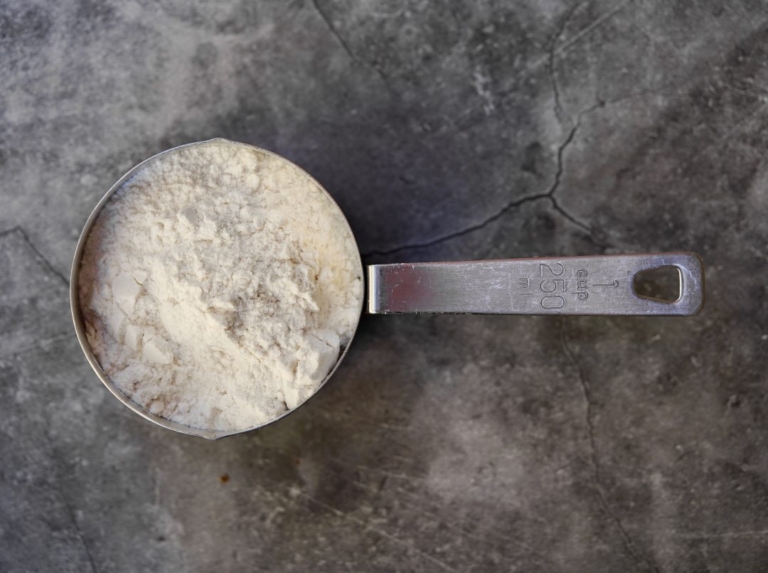
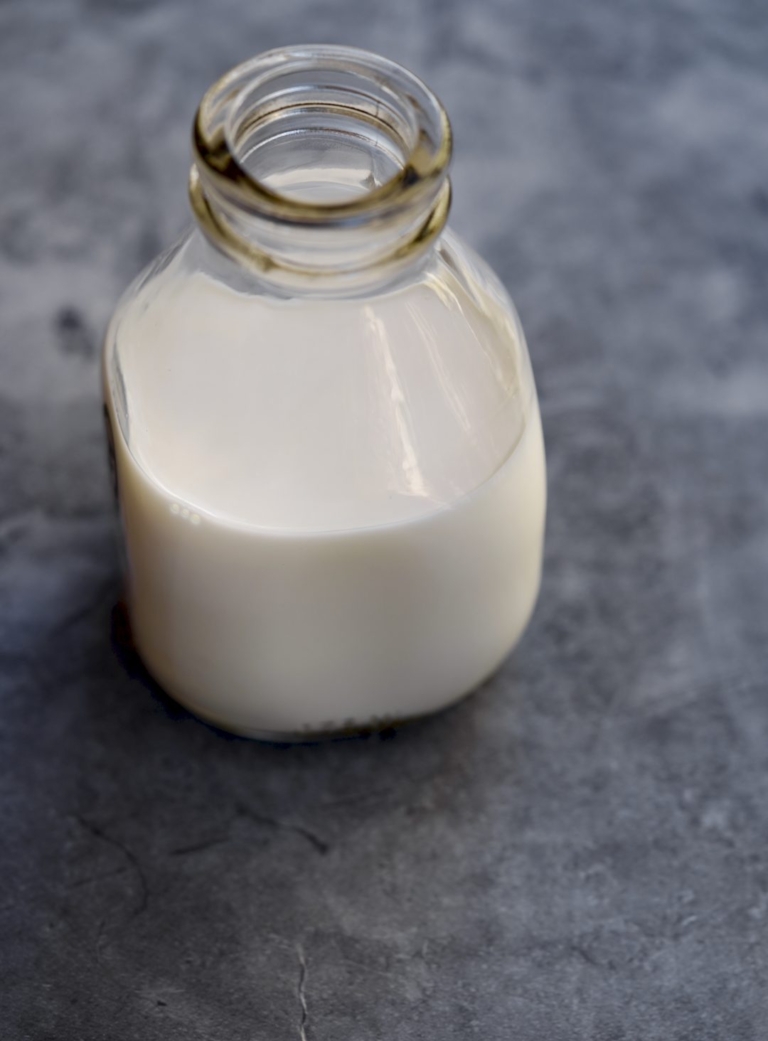
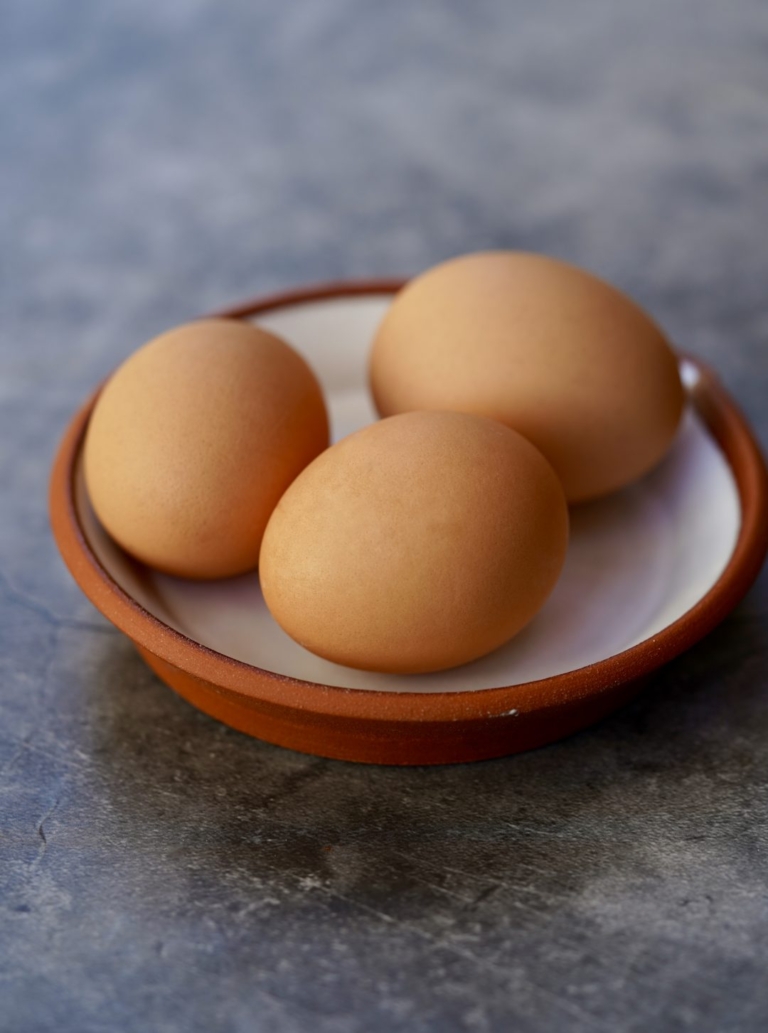
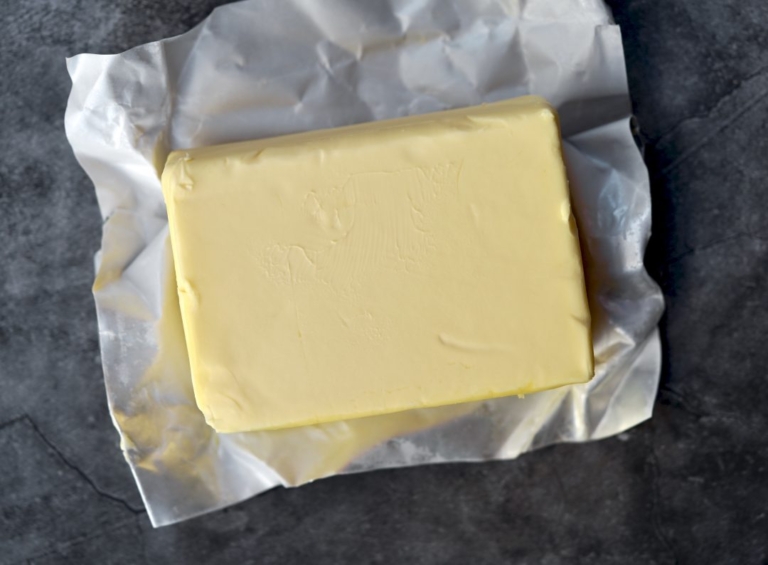
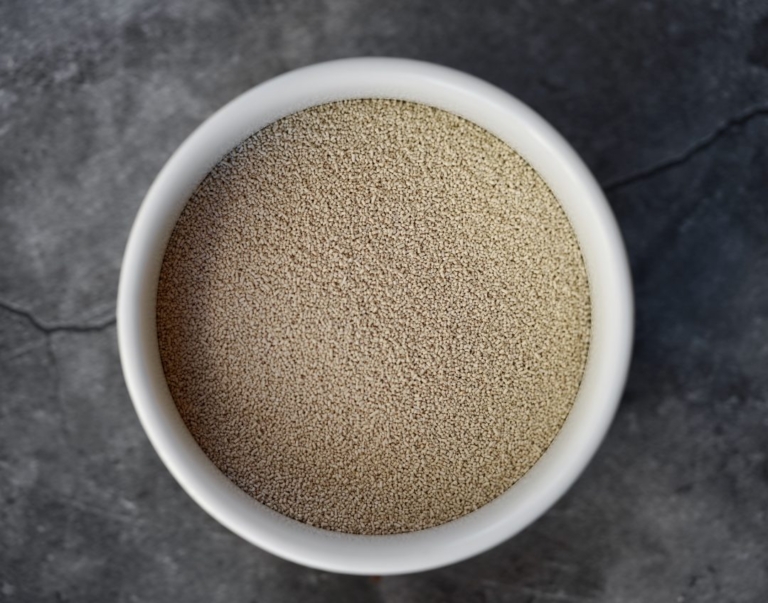
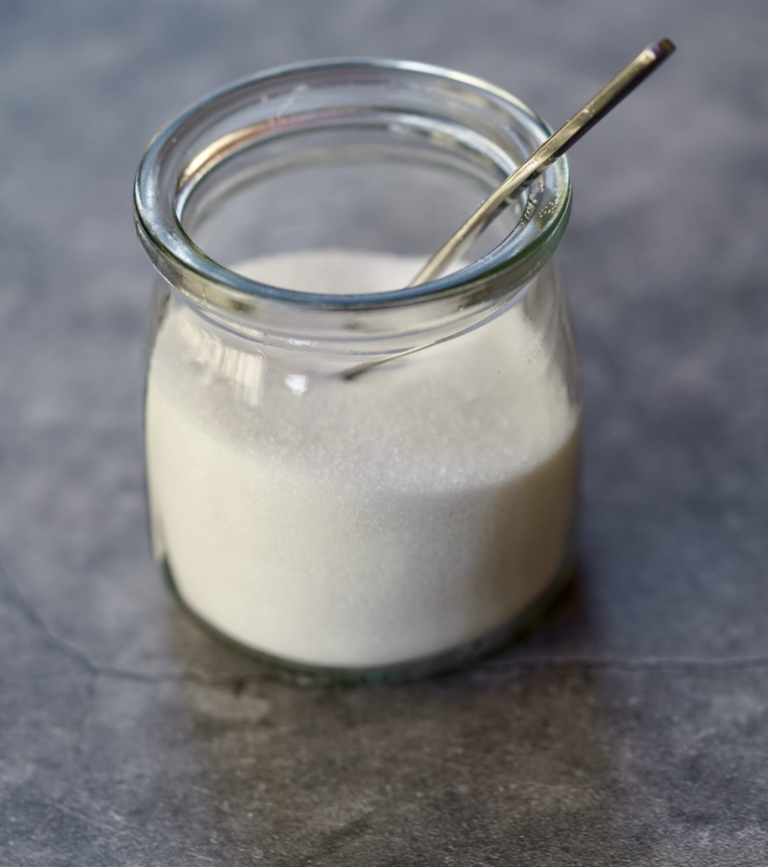
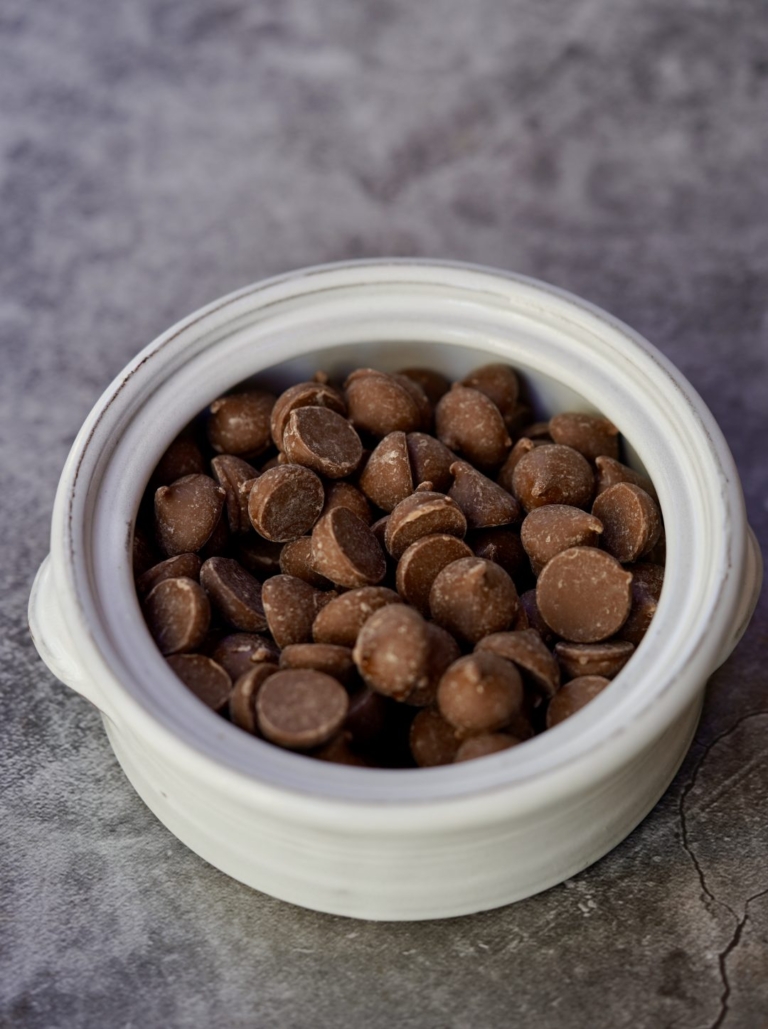

THANK YOU THANK YOU THANK YOU! This is tremendously helpful and appreciated, especially for those of us taking up baking for the very first time! Be well 🙂
You are so welcome Amy! We are all in need of some tricks. LOVE that you are baking more. Stay safe my friend.